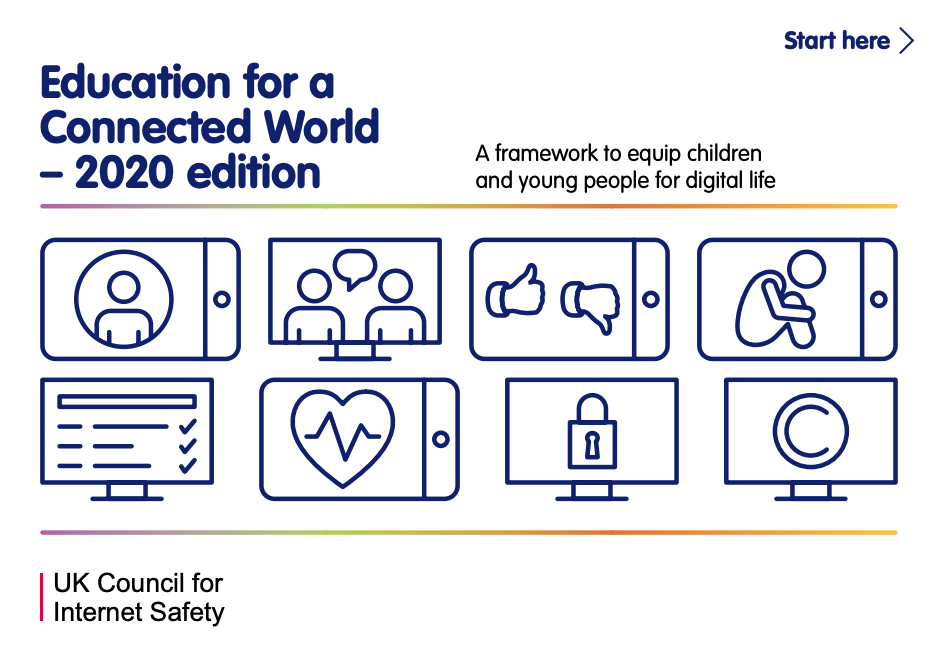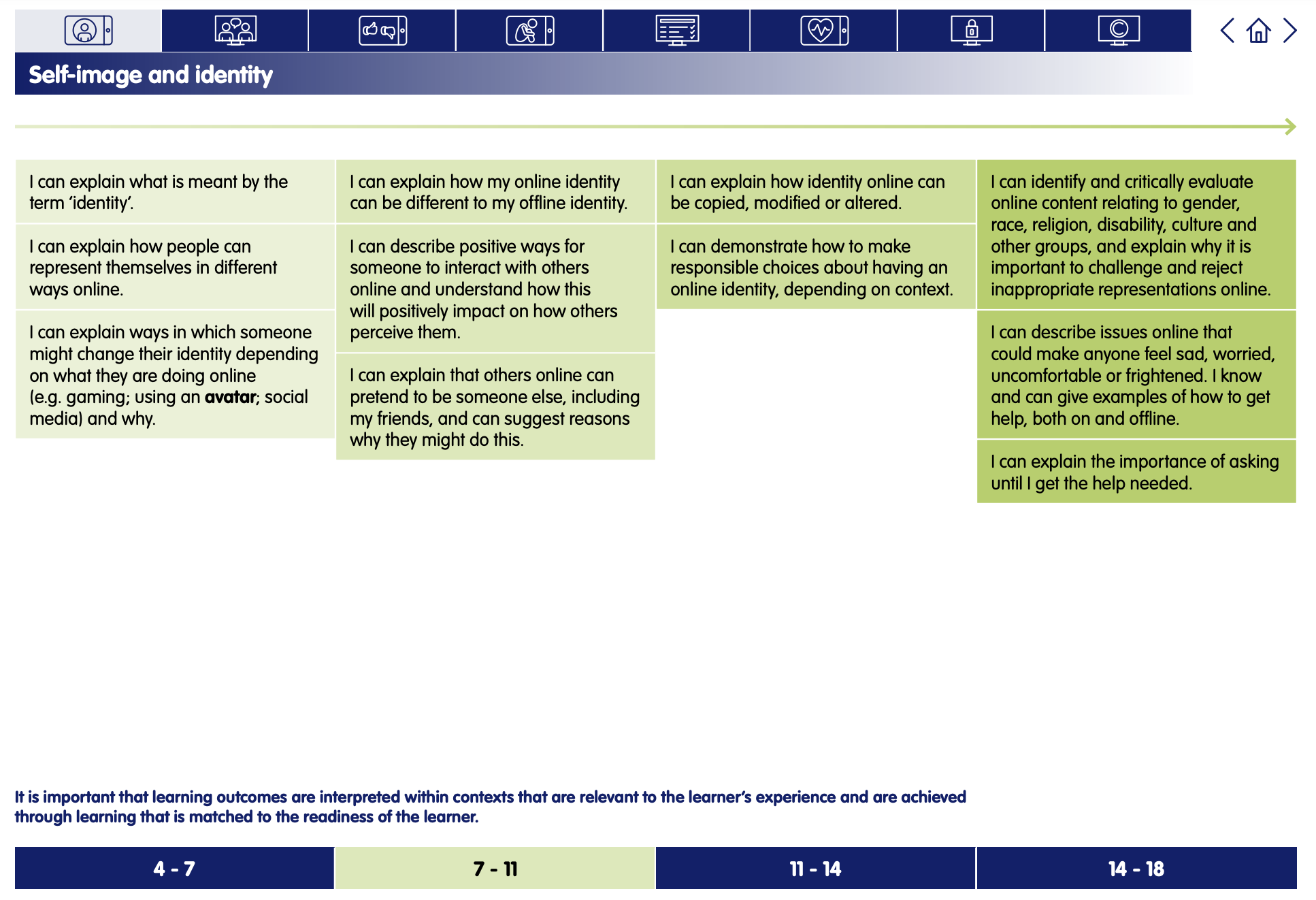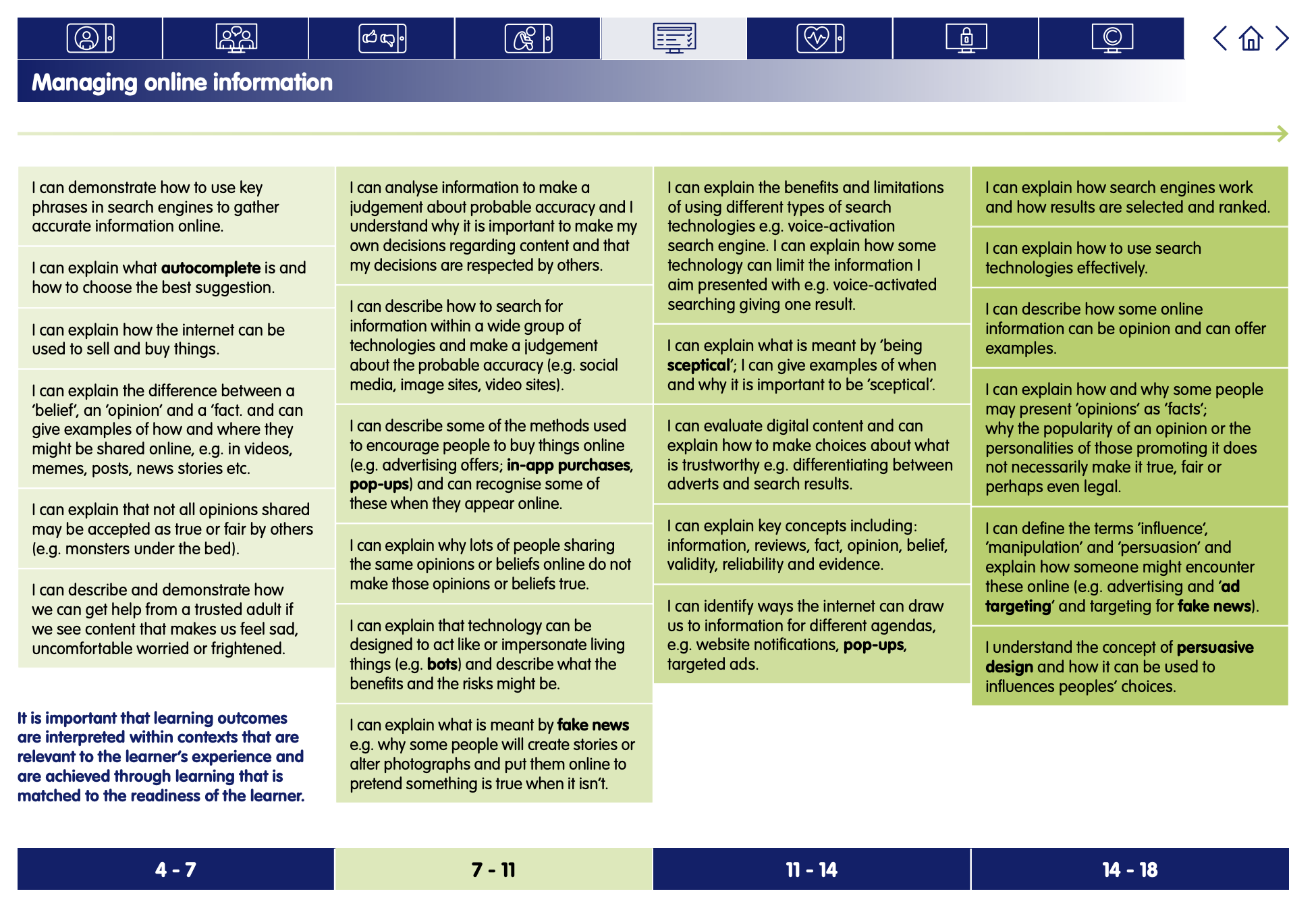Beyond Gender Stereotypes
Digital Literacy and Online Safety (Y6) - Lesson 3
A note about this lesson

This lesson is taken from Common Sense Education’s excellent Digital Citizenship curriculum. Their resources are shared for free under A Creative Commons Attribution- NonCommercial- NoDerivatives 4.0 International License.
You can find the original resources HERE.
Objectives
- Define "gender stereotype" and describe how they can be present online.
- Describe how gender stereotypes can lead to unfairness or bias.
- Create an avatar and a poem that show how gender stereotypes impact who they are.
Lesson 1 - Finding My Media Balance
Lesson 2 - You Won't Believe This!
Lesson 3 - Beyond Gender Stereotypes
Lesson 4 - Digital Friendships
Lesson 5 - Is It Cyberbullying?
Lesson 6 - Reading News Online
Links to Education for a Connected World.
This lesson from Common Sense Media's Digital Citizenship curriculum links to the following strands from the Self-image and identity and Managing online information sections of the Education for a Connected World framework.
Introduction - Gender Stereotypes
Kids encounter all kinds of stereotypes in the media. But are kids always aware of what they're seeing? Help your students think critically about how gender stereotypes can affect the ways they view themselves and others.
Say: I'm going to read aloud some statements about boys and girls. What do you think when you hear them? (Slide 4)
Read aloud the below statements.
- Boys are competitive and like to win.
- Girls worry about how they look.
- Boys are aggressive and loud.
- Girls are all drama queens.
Invite students to share their reactions and prompt them to identify their feelings and why they think the statement makes them feel that way.
Say: The statements that were just made are examples of gender stereotypes. Gender stereotypes are oversimplified ideas about how women and men are or should be. These ideas or beliefs are often part of our culture, and it can be easy for any of us to be influenced by them.
They can come from many places, including the people in our lives, like our family, friends, and community. They also often come from the digital media that we see online, such as from YouTube, Netflix, online magazines, music, and social media.
Ask: Think about your experiences online. What examples of gender stereotypes have you seen or heard? It could be a character in a show, something from a music video, or even a message someone posted. (Slide 5)
Invite students to respond. Capture their answers by adding them to the original list of statements on Slide 4 in the appropriate column. Prompt students to include what kind of digital media they saw the example in.
Note: Students may feel reluctant to express stereotypes for fear that peers will think they believe those stereotypes. Emphasise that just because we've heard a stereotype doesn't mean we believe it, and that the point of the discussion is to bring up as many examples as possible, regardless of how true or not true we think they are.
Analyse - True! Or Is It?
Project Slide 4 and ask: Look at our list of stereotypes. Which, if any of these, do you think is true? Can you think of any examples that show that it's true? Take turns sharing your ideas with your partner.
Invite students to share their responses. For any that someone says are true, follow up by asking if anyone can think of a counterexample -- an example that shows how it's not always true.
Note: If students are reluctant to say any are true because they think it would be the "wrong" answer or because they're fearful of being judged, consider playing devil's advocate and suggesting that one or more of them might be true, and giving an example that supports your assertion. This could serve as an opening to get students discussing.
Say: What's important to remember about gender stereotypes is that they are oversimplifications. In other words, it's not that they're never true. It's that they're not always true, and it's unfair and biased to expect someone to be a certain way because of their gender. A bias is an unfair belief about a person or group based on a stereotype. Everyone deserves a chance to figure out what works for them. (Slide 6)
Create - Stereotype Avatar
Say: As we discussed, stereotypes can come from many places. One place we often see gender stereotypes is when we're online -- when we play online games, watch online videos, and communicate with others through comments, photos, and even avatars. An avatar is an image or character that represents a person online. (Slide 7)
Distribute Stereotype Avatar Student Handout and read the directions. Project Slide 4 to support students in choosing stereotypes to follow or challenge. Allow students 15 minutes to complete the handout. After 10 minutes, prompt them to move on from creating the avatar to answering the reflection questions.
Note: Students can either hand-draw their avatar on the handout or use a free avatar creator app, such as Avatarmaker and paste it in. Avatarmaker does not require students to log in, just create the avatar and click the download button to save the image to your computer.
Have two to four students share their avatar with the class, explaining the different characteristics of the avatar and identifying how they might challenge gender stereotypes.
Extension Activity:
Have students use a video app like Flipgrid to record themselves performing their "Just Because" poems. Allow students to view each other's performances.
Plenary
Distribute the "Just Because" Poem Student Handout and read the directions aloud. Allow students 5 to 10 minutes to complete their poems.
If time allows, call on volunteers to share their poems with the class.
Collect the poems and, with student permission, post them up in the room.
Have students complete the Lesson Quiz. Send home the Family Activity and Family Tips.



